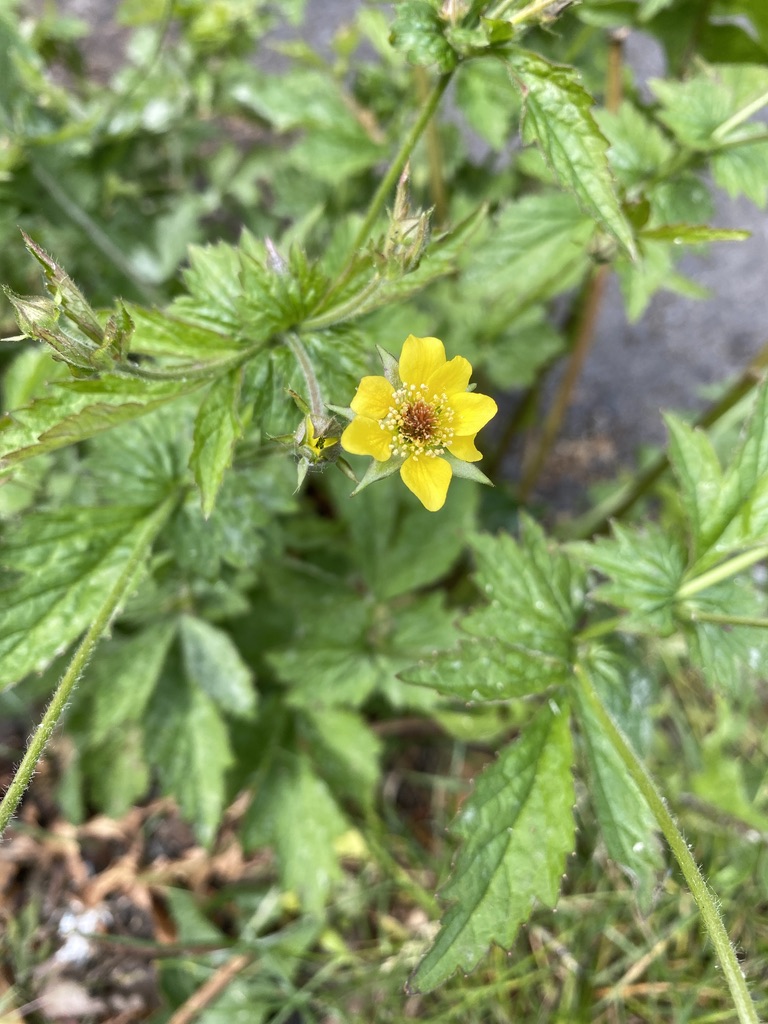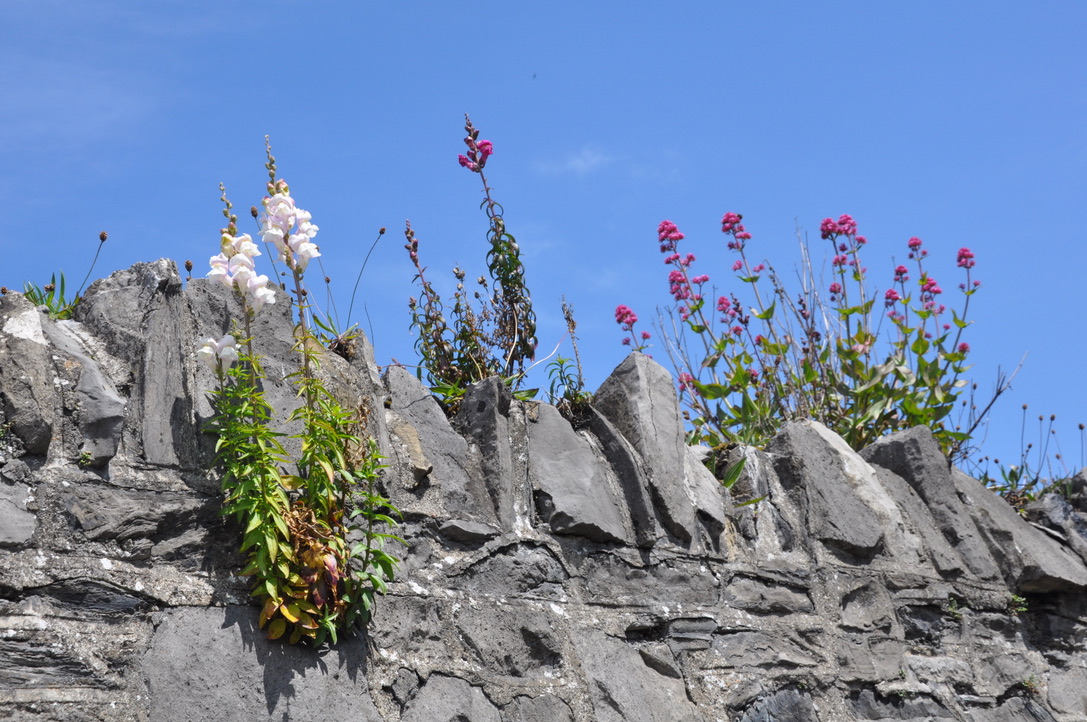Mairéad O’Donnell
If you work in the environmental sector, whether as an academic or professional, you may have noticed the term “Rewilding” gaining significant interest over the last decade. But what exactly does it mean to rewild something? Is it the case of planting a few trees and letting them look after themselves? Fencing off an area, never to let humans interact with its existence again? Or is it necessary for humans to interact with these ecosystems in order to let them truly be wild again? As the saying goes, nature knows best, but maybe humans can provide a helping hand to enhance the conditions necessary for nature to truly flourish.
Rewilding Europe defines rewilding as “a progressive approach to conservation. It’s about letting nature take care of itself, enabling natural processes to shape land and sea, repair damaged ecosystems, and restore degraded landscapes. Through rewilding, wildlife’s natural rhythms create wilder, more biodiverse habitats”. Rewilding projects are particularly successful when implemented in ecosystems in which the original keystone species are absent. This is based on the notion of ecological trophic cascades, a powerful process of interactions where the actions of predator species have impacts on the entire ecosystem. The reintroduction of a keystone species into an ecosystem has the potential to provide a range of benefits to the habitat networks in the wider landscape. The reintroduction of wolves in Yellowstone National Park is probably the most famous example of how rewilding projects can positively impact an entire ecosystem.
Wolves were notably absent from Yellowstone National Park for many years because of hunting. Due to their absence, deer began to overgraze large sections of the ecosystem, destroying much of the vegetation. In 1995, wolves were reintroduced as a measure to help control the number of deer in the park. Their reintroduction changed the behavior of the deer, with many avoiding the valleys and gorges, which were now free to naturally regenerate the vegetation. This created novel habitats for species such as beavers to increase in population. The return of these species had knock-on effects creating additional habitats and niches for a huge range of species within the national park, including rabbits, hawks, weasels, bald eagles, badgers, and bears. This series of processes also changed the physical geography of the ecosystem, impacting the shape and flow of the rivers and reducing soil erosion. It’s a remarkable set of events and the perfect example of the importance of keystone species and rewilding projects.



That’s all well and good in a vast area such as Yellowstone National Park, but when it comes to our towns and cities, is there much room for rewilding? Or is it even possible, given that humans may be considered the keystone species of the urban environment? Well, keystone species don’t always take the form of large carnivorous mammals sometimes, the species which impact an entire ecosystem most may be as tiny as a bat or a bee, and sometimes they may even take the form of living structures such as a large park tree. Although humans have created the urban environment entirely for us, nature has persisted in its efforts to be part of the ecosystem. So maybe it’s time to give nature a seat at the urban table. After all, research is consistently showing the importance of interactions with nature for the human species.
That is where the NovelEco project comes into play, a five-year European Research Council (ERC) funded research project led by Prof. Marcus Collier of Trinity College Dublin. NovelEco will engage with citizen scientists to examine novel urban ecosystems, exploring wild spaces of all shapes and sizes within our cities. The aim of the project is to examine the novel ecosystem theory as connecting concept and potential conduit to not only rewild our cities but also rewild ourselves. The project will research societal attitudes towards the urban wilderness, engage with local citizens to co-create an online instrument to enable ecological data collection, and explore whether this engagement impacted their environmental values and behavior. The project has significant potential to refine and redefine the concepts of novel ecosystems and urban rewilding while also generating consciousness about the transformative potential of urban wilderness.
But, what are these values? This is what NovelEco is looking to find, and it is why we need citizens. The most remarkable aspect of this new project is the potential for all those tiny, seemingly insignificant, knock-on effects usually associated with rewilding projects. It is the unexpected result of letting nature back in. Whether that is positive or negative, we won’t know until we try, just like the wolves in Yellowstone. What we do know is that currently, 55% of the world’s population lives in cities with that figure expected to nearly double in size by 2050. We also face two of the largest crises in the history of humanity, the climate and biodiversity crises. These crises are deeply intertwined and require to be tackled together. Our attitude up until this point has been to dominate nature with impunity but unfortunately, that is now backfiring at an unprecedented rate. So why not let nature back in? Why not rewild ourselves and our cities? The results may surprise us in ways we could have never imagined.
